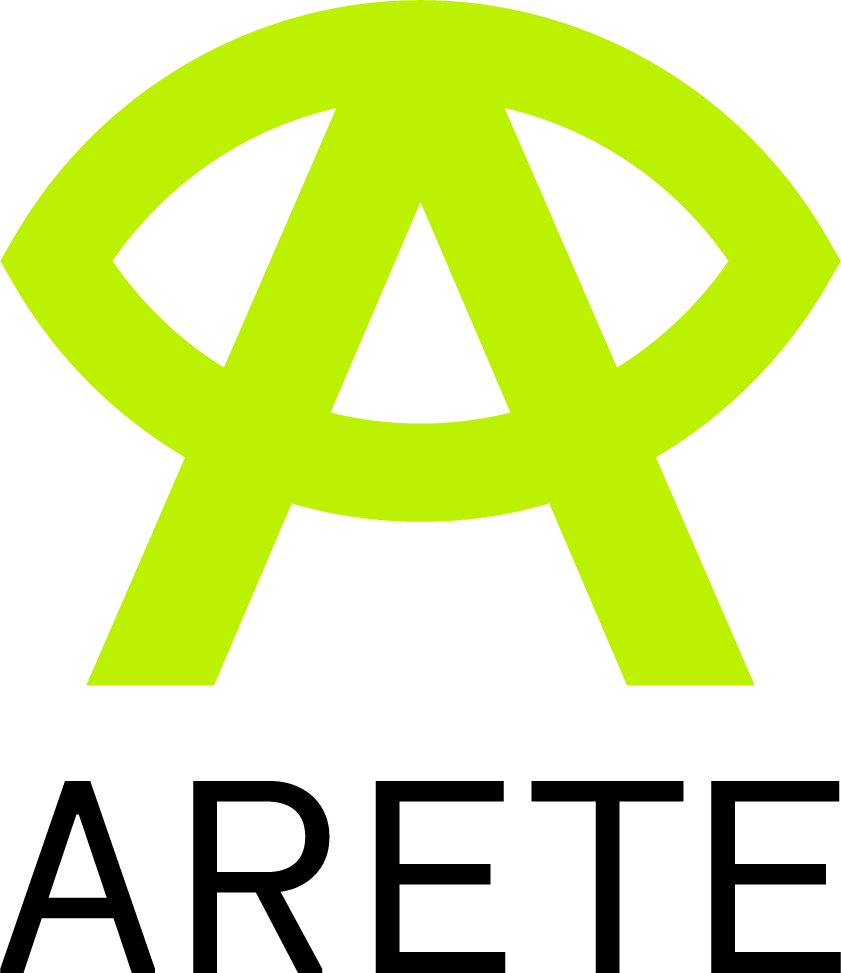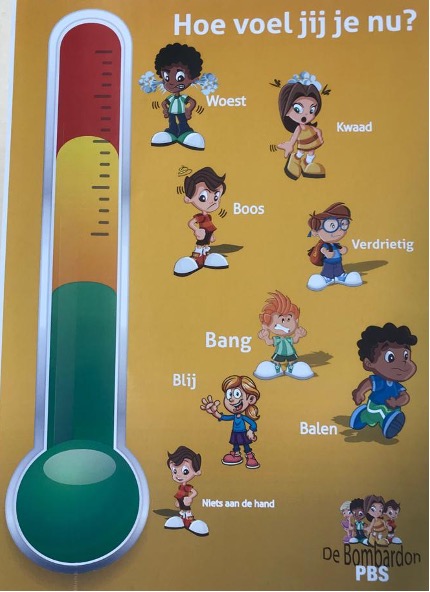xAPI Profiling for XR activities in Educational Systems
Educational programs are increasingly using multimedia tools, interactive technology, and applications in recent years. Monitoring the learning efficacy of students, as supervision and feedback of the learning experience is very critical. Within ARETE H2020 project we utilise the existing xAPI profiling technology, which compared to the traditional teaching system where teachers supervise students through classroom interaction, students’ notes, and homework,
the use of E-learning platforms enables computer-based appraisal environment, with accurate, personal, and individual feedback. Students will create data from interactions with
learning objects provided as well as interactions with other users. This functionality affords a need to collect, analyze, and track the different types of data produced. Before the educational data analysis process can begin, data must first be stored on a Learning Record Store (LRS) system within the Learning Management Systems (LMS), which can receive and process web requests. There are different e-learning standards for e-Learning content interoperability such as Sharable Content Object Reference Model (SCORM) which is a standard format to allow the package to work in different LMSs. Another example is IEEE Standard for Learning Technology standards family: the IEEE 1484.11.1, which suggests a complicated data model structure to monitor student experiences with education material. Finally, the experience API (xAPI) known as Tin Can API is commonly used in various learning contexts. xAPI is an interoperable learning object metadata standard that provides a semantic communication structure and one of the major features of it is the flexibility with data. It consists a set of syntactic rules that define the ways of talking about data, using triples of actor, verb and object. xAPI focuses on how learners’ interactions become evidence of learning experience. It uses JavaScript Objective Notation (JSON) for the data format. By employing Virtual Reality (VR), Mixed Reality (MR) and Augmented Reality (AR) and other technologies, classrooms transferring into interactive learning environments. The ARETE H2020 project uses Augmented Reality (AR) immersive technology applications in primary school context to understand the contribution of AR technology in education. It utilizes a Learning Locker Store (LRS) system to store and distribute xAPI statements come from the use of AR applications by students participating in the project. We can track every single click,
comment, learning interaction and behavior through xAPI. This makes learning process much easier for content curation and decision making. With xAPI, any single contact can be transmitted directly to a learning records store, which works as a database. The goal of using xAPI profiling in the ARETE project is to collect student-oriented data to support personalized augmented activities.

Reference:
Friesen, N., 2005. Interoperability and learning objects: An overview of e-learning standardization. Interdisciplinary Journal of E-Learning and Learning Objects, 1(1), pp.23-31.



